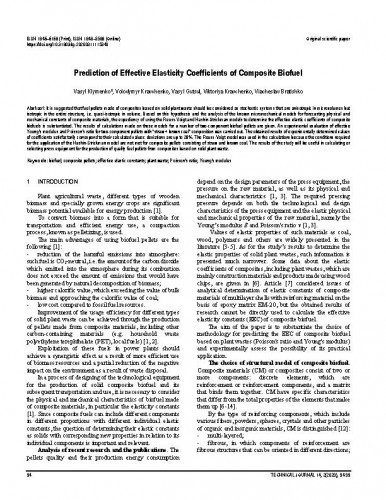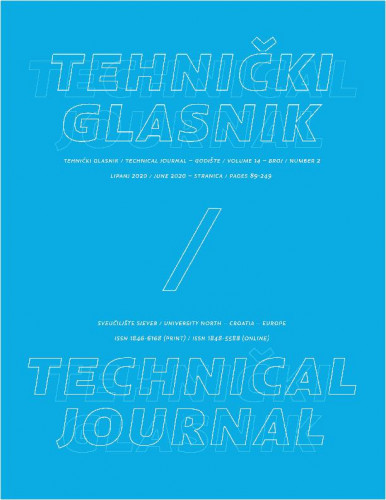It is suggested that fuel pellets made of composites based on solid plant waste should be considered as stochastic systems that are anisotropic in microvolumes but isotropic in the entire structure, i.e. quasi-isotropic in volume. Based on this hypothesis and the analysis of the known micromechanical models for forecasting physical and mechanical constants of composite materials, the expediency of using the Reuss-Voigt and Hashin-Strickman models to determine the effective elastic coefficients of composite biofuels is substantiated. The results of calculations made on these models for a number of two-component biofuel pellets are given. An experimental evaluation of effective Young's modulus and Poisson's ratio for two-component pellets with "straw + brown coal" composition was carried out. The obtained results of experimentally determined values of coefficients satisfactorily correspond to their calculated values: deviations are up to 26%. The Reuss-Voigt model was used in the calculations because the conditions required for the application of the Hashin-Strickman model are not met for composite pellets consisting of straw and brown coal. The results of the study will be useful in calculating or selecting press equipment for the production of quality fuel pellets from composites based on solid plant waste.
Sažetak

 Tehnički glasnik : 14,2(2020) / glavni urednik, editor-in-chief Milan Kljajin.
Tehnički glasnik : 14,2(2020) / glavni urednik, editor-in-chief Milan Kljajin.